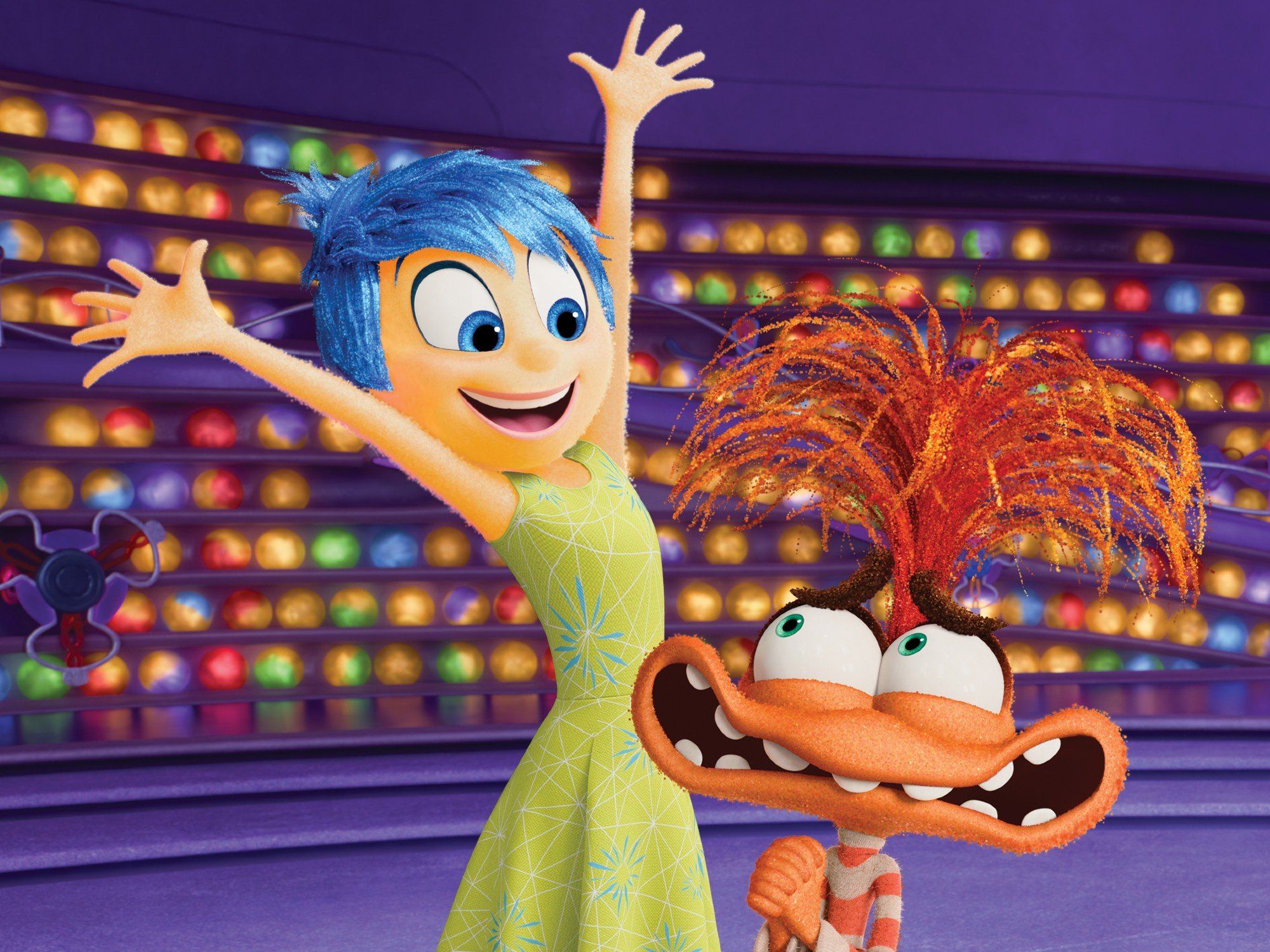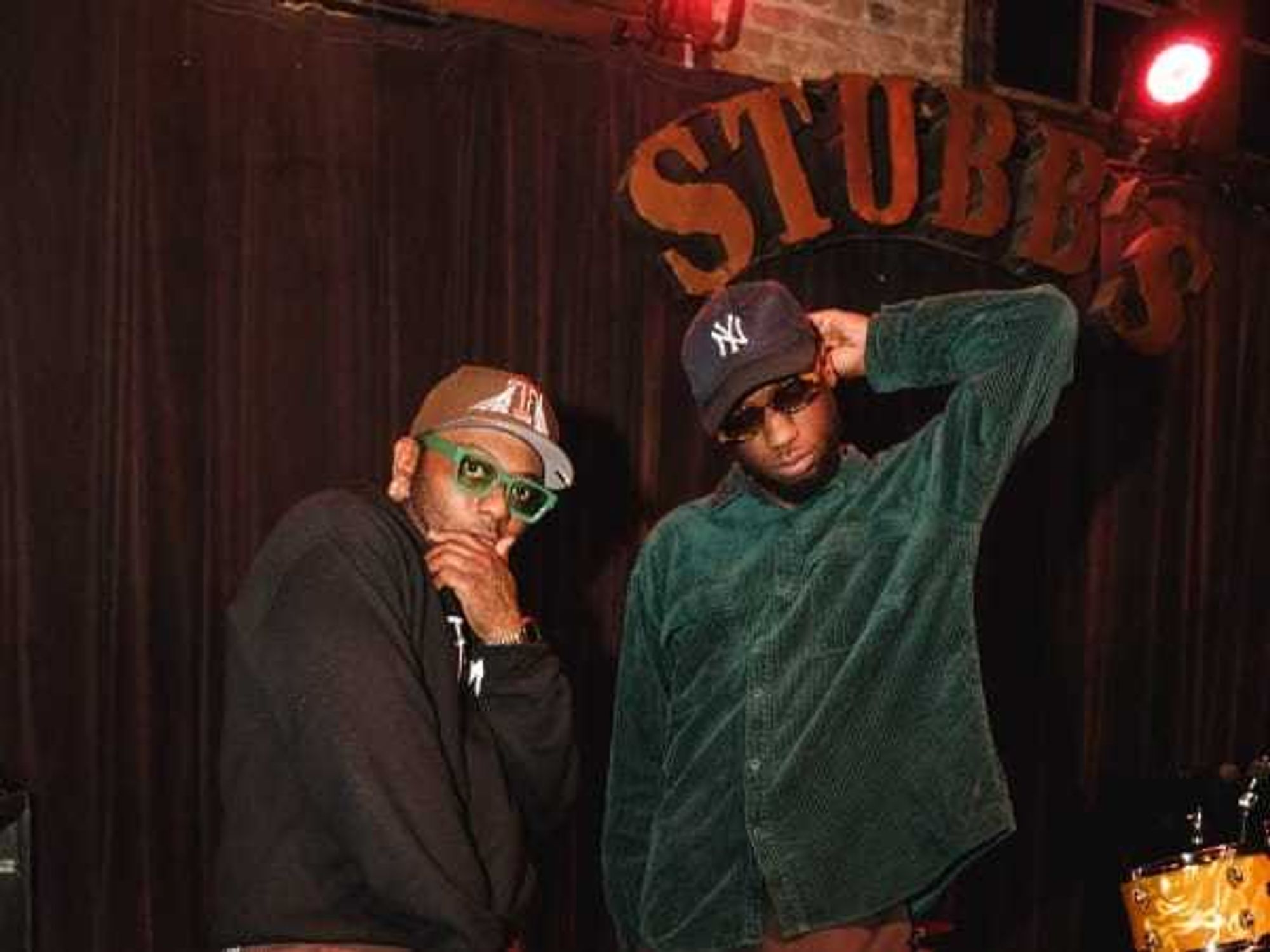Movie Review
Emotions run wild in brilliantly heartfelt sequel Inside Out 2

Joy (Amy Poehler) and Anxiety (Maya Hawke) in Inside Out 2.
For all of the great films that Pixar has put out over the past 30 years, the one thing they haven’t quite mastered are sequels. The continuing success of the Toy Story series is the exception that proves the rule, as sequels to Cars, Monsters Inc., The Incredibles, and Finding Nemo have all failed to measure up to the originals. So it is with trepidation that fans of 2015’s instant classic Inside Out approach its nine-years-in-the-making sequel, Inside Out 2.
I’m happy to report that no such anxiety is needed, as the film builds upon the original in numerous fantastic ways. Despite there being nine years between films, Riley (Kensington Tallman) has only aged two years, from 11 to 13. Her core emotions — Joy (Amy Poehler), Sadness (Phyllis Smith), Anger (Lewis Black), Fear (Tony Hale), and Disgust (Liza Lapira) — are working in harmony to keep Riley level-headed as she navigates middle school and playing hockey.
That equilibrium is threatened when the onset of puberty for Riley brings in new emotions, like Anxiety (Maya Hawke), Envy (Ayo Edebiri), Embarrassment (Paul Walter Hauser), and Ennui (Adèle Exarchopoulos). Anxiety in particular seems bent on being in charge of Riley’s mind, especially when she gets invited to a hockey camp with a chance to impress her possible future coach and teammates. Joy and the other original emotions must fight for control, or risk losing Riley to the dark recesses of her brain.
Directed by Kelsey Mann and written by Dave Holstein and Meg LeFauve, the film proves that Inside Out is the most mature and relatable of all Pixar franchises. The changes the filmmakers make to advance the story are all sensible, keeping the heart of all of the returning characters intact while still allowing for growth and change. This is the second Pixar film to address puberty (following 2022’s Turning Red), and they show again how adept they are at addressing the touchy subject in a lighthearted but still honest way.
The film adds on the concept of all of Riley’s life experiences coalescing into a core belief system, and the idea is so simple and wonderfully conceived that it fits right in with everything established in the first film. While the plot involving the emotions inside Riley’s brain follows a similar trajectory to the original, it’s the details that keep the film humming. The physical manifestation of abstract ideas like stream of consciousness, brainstorm, and sarcasm demonstrate the outside-of-the-box thinking at Pixar, as well as the unique flexibility that animation provides.
The brilliance of the film lies in how expertly it melds the two worlds of the story. There is a constant back-and-forth between what Riley’s emotions are doing inside her brain and how that affects her in the real world, and the results are hilarious, intense, and poignant. Anyone who is or has a teenager will recognize all too well the menace that Anxiety is in the film, and the way the filmmakers portray it both in and outside Riley’s brain is exceedingly well done.
There are times when the person playing a voice character can be negligible, but that is not the case here. Poehler, Smith, and Black remain the perfect matches for Joy, Sadness, and Anger, respectively. Hale and Lapira, taking over for Bill Hader and Mindy Kaling as Fear and Disgust, measure up well to their predecessors. Each of the new emotion voices are also great, especially Hawke and Exarchopoulos, and Tallman, Diane Lane, and Kyle Chandler are easy to believe as Riley and her family.
When the first Inside Out was announced, the idea of emotions being anthropomorphized seemed very strange. Now, two films later, it is the most natural thing in the world, and proof yet again that Pixar remains the gold standard in animation. With the rich complexity of the brain to play with and plenty of years left for Riley to grow up, it’s conceivable that Inside Out can be mined for multiple other sequels in the future.
---
Inside Out 2 opens in theaters on June 14.
